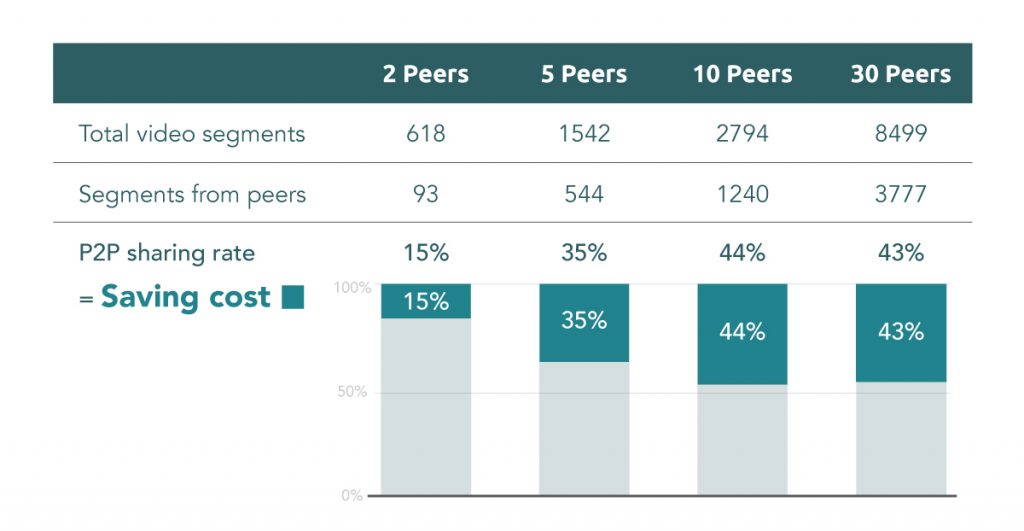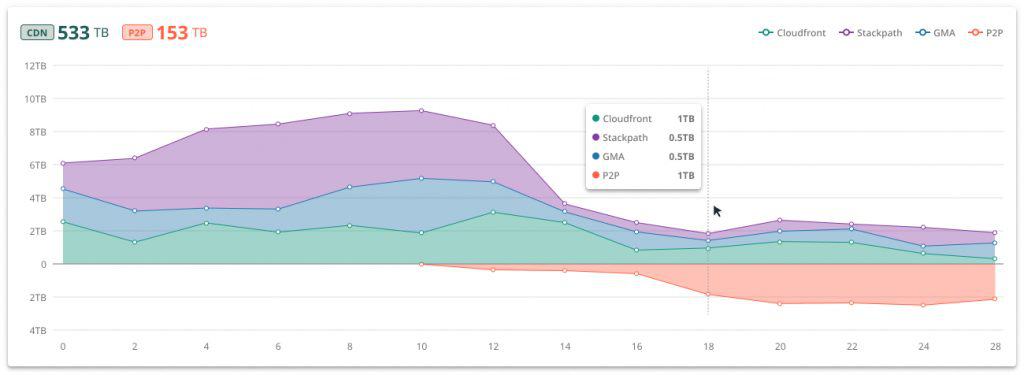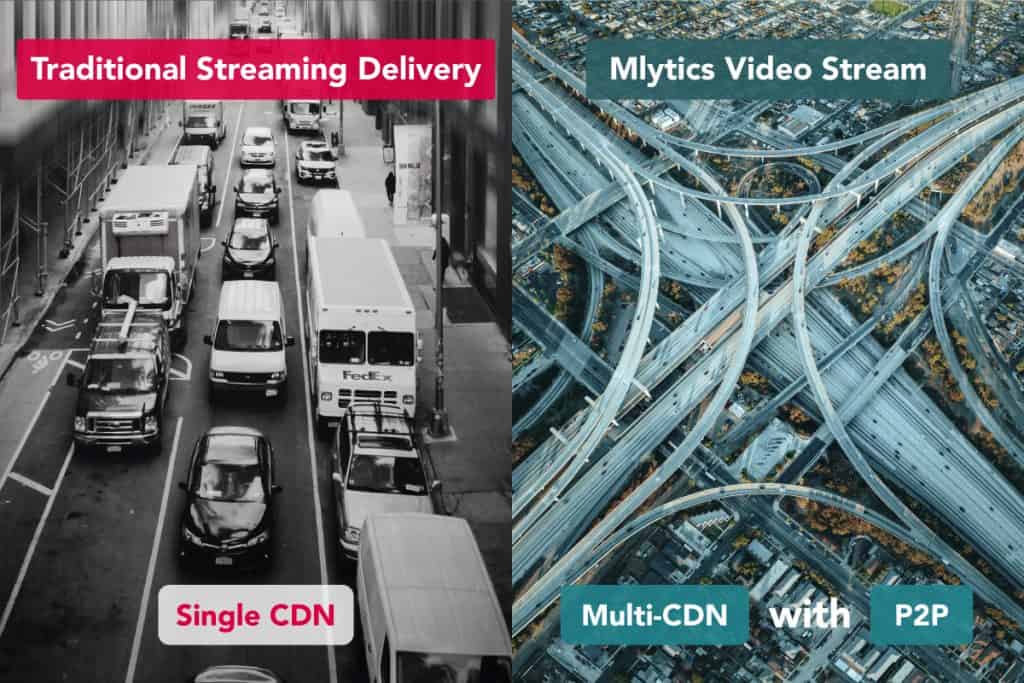This post is also available in: 简体中文
As the demand for high-quality video streaming continues to rise, streaming providers are constantly looking for ways to optimize their costs and improve their video streaming experience. One of the debates that have emerged in recent years is whether to choose a single CDN solution or a comprehensive solution like Mlytics Video Stream. In this article, we will explore the differences between the two options and analyze the benefits of choosing Mlytics Stream.
Firstly, let’s define what CDN and Mlytics Video Stream is. A CDN, or Content Delivery Network, is a system of distributed servers that deliver web pages and other web content to a user based on their geographic location. It minimizes the distance between the user and the server delivering the content, resulting in faster load times and improved user experience.
On the other hand, Mlytics Video Stream is a service that uses a hybrid P2P and multi-CDN approach to deliver video streams. It leverages the power of P2P networks to supplement traditional CDN networks, resulting in improved speed, reduced costs, and better user experience. When it comes to choosing between a single CDN solution and Mlytics Video Stream, there are several factors to consider. Let’s take a closer look at some of the key differences between the two options:
What are the benefits of choosing Mlytics Video Stream?
Mlytics Video Stream allows you to stream your videos from multiple servers located around the globe at once. This increases video availability and reduces video buffering times for their user experience. Mlytics Video Stream uses multiple CDNs, that’s why you don’t have to choose one provider over another; it automatically distributes video traffic across our global network of servers, so you don’t need to worry about whether.
One of the other benefits is that you can set up different streaming configurations for each CDN without having to configure them separately — for example, you can set up a configuration for YouTube and another for Vimeo, and Mlytics will automatically use the right CDN for each platform.
User Experience
Mlytics Video Stream is designed to optimize the streaming experience for viewers by delivering video streams via a hybrid P2P and CDN approach. This approach ensures that the viewer gets the best possible quality of service, resulting in more stable and resilient streaming. On the other hand, a single CDN solution may result in buffering or other issues that can impact viewer retention.
Reliability and Resilience
Single CDN solutions rely on a single provider to deliver content, which can lead to a single point of failure. Mlytics Stream’s hybrid approach ensures that even if one CDN or P2P node fails, content delivery can continue via other nodes, resulting in improved reliability and resilience.
Cost
Using a single CDN solution can be expensive, particularly if the content needs to be delivered globally. Mlytics Video Stream’s hybrid approach optimizes the use of P2P and CDN networks, resulting in a lower cost of delivery, which can translate to significant cost savings.

As you can see from the table, when there are 2 peers only, the P2P sharing rate is only 15%. However, when it is increased up to 30 peers, the sharing rate goes up to 43%.
In other words, when the P2P sharing rate goes from 15% to 43%, the CDN cost also goes down from 15% to 43%.
The P2P + CDN hybrid solution is an efficient optimization solution based on cost savings. During the streaming very traffic peaks, P2P helps reduce the burden on CDN. However, when it is a normal day without any peak period, then P2P isn’t necessary since CDN can handle that. That’s why utilizing a hybrid solution (CDN+P2P) focuses on energy saving and cost optimization.

Overall, when it comes to cost, Mlytics Video Stream’s flexible pricing, P2P network, and intelligent routing algorithm make it a cost-effective solution for businesses of all sizes, especially those with fluctuating traffic patterns. By comparing your current CDN with Mlytics Stream using the CDN comparison tool, you can determine the cost savings and benefits of switching to Mlytics Stream.
Control and Visibility
Mlytics Video Stream provides detailed analytics that gives providers insights into their video streaming service’s performance. It allows providers to monitor and manage the network in real time, giving them greater control over their content and the user experience. With this level of control and visibility, streaming providers can make better decisions about how to improve their service to maximize user engagement.
In conclusion, while a single CDN solution can be a viable option for delivering video content, Mlytics Video Stream offers a more comprehensive and effective approach that results in improved user experience, reduced cost, and greater control and visibility. By choosing Mlytics Video Stream, streaming providers can stay competitive in today’s crowded market and offer their viewers the best possible video streaming experience.
Final Words
Overall, it’s clear that Mlytics Video Stream is the better option when it comes to delivering high-quality video streaming. Its hybrid approach ensures that viewers receive the best possible service quality while reducing costs and providing greater control and visibility to streaming providers. As the demand for video streaming continues to rise, more and more providers are turning to Mlytics Video Stream as the go-to solution for their video content.



